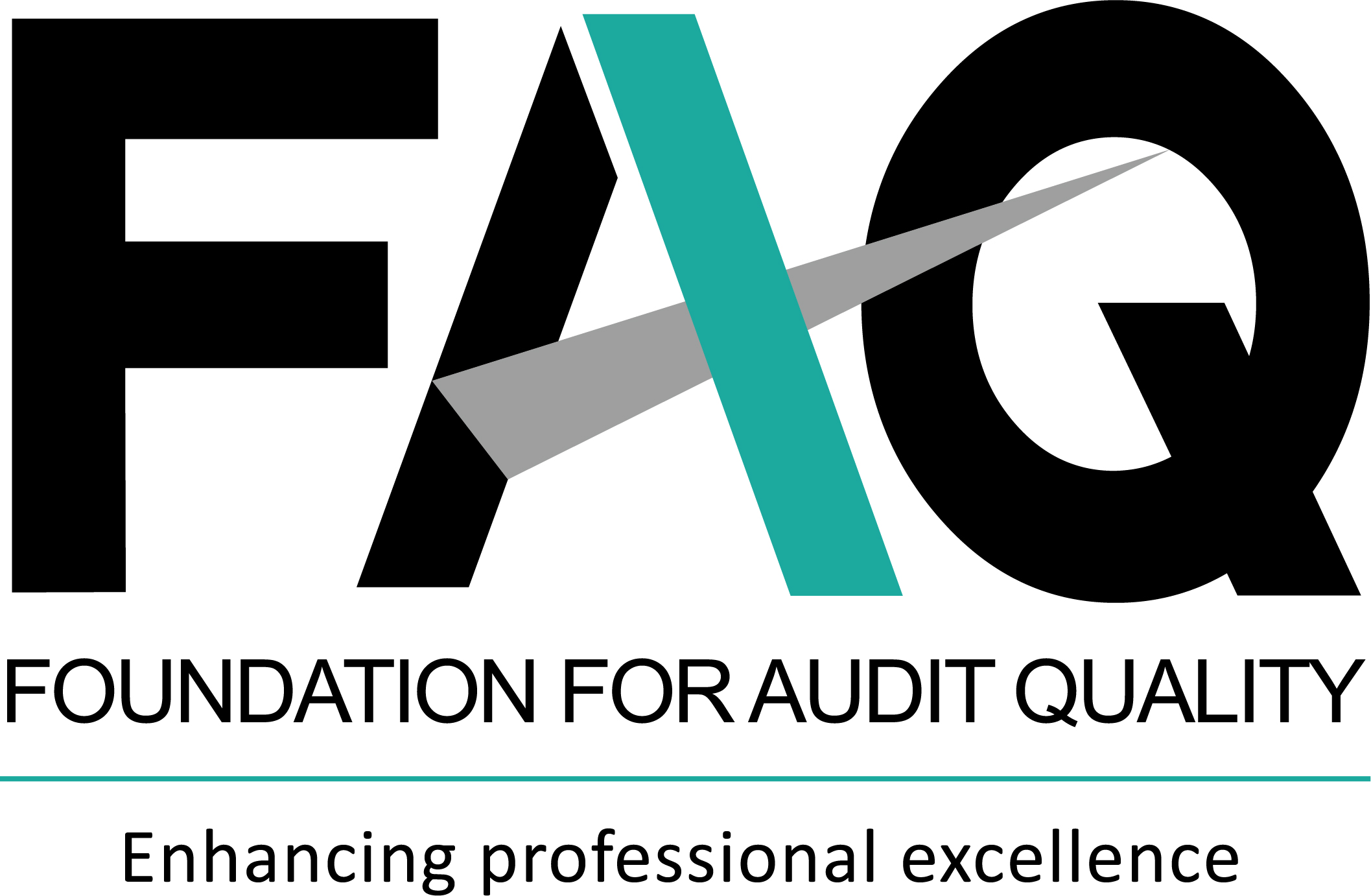On 9 June 2022, the Institute of Chartered Accountants of India (ICAI) issued a Technical Guide on financial statements for noncorporate entities (Technical Guide). Its objective is to deal with the applicability of Accounting Standards (AS) to the noncorporate entities as well as to prescribe the format of financial statements for the non-corporate entities. The Limited Liability Partnerships (LLPs) are scoped out of this Technical Guide1.
Meaning of Non-Corporate entities
All business or professional entities, other than the companies incorporated under the Companies Act, 2013 and Limited Liability Partnerships incorporated under the Limited Liability Partnership Act, 2008 are considered as non-corporate entities. Some of the most common structures of non-corporate entities are as follows:
- Sole proprietorship firms
- Hindu Undivided Family (HUF)
-
Partnership Firms
- Registered Partnership Firms
- Unregistered Partnership Firms
-
Association of Persons
- Partnership firms not covered above
- Body of Individuals
- Resident Welfare Association
- Society registered under any law for the time being in force
- Trust (private or public) registered or unregistered under any law for the time being in force
- Statutory corporations, autonomous bodies and authorities, and
- Any form of organisation that is engaged fully or partially in any business or professional activities, unless their activities are fully charitable in nature.
Applicability of the Technical Guide
This Technical Guide is recommended for the purpose of preparation of the financial statements of the above mentioned noncorporate entities unless any formats/principles are specifically prescribed by the relevant Statute or Regulator or any Authority for a particular class of entities. Also, the non-corporate entities which follow Ind AS are not required to follow this Technical Guide.
Key considerations
Applicability of AS: The AS issued by ICAI as on 1 April 2020 are applicable to non-corporate entities. However, for the purpose of determining their applicability, entities have been classified into four levels:
- Level I entities (large size entities),
- Level II entities (medium size entities),
- Level III entities (small size entities), and
- Level IV entities (micro entities).
The criteria for entities to be classified as Level I, II, III and IV have been provided in the Annexure I of the Technical Guide and applicability of AS and exemptions/relaxations to entities from applicability of certain as have been given in Annexure 22.
Format: The Technical Guide emphasises that presently,there is diversity in the presentation of financial statements of non-corporate entities, owing to the absence of any specific,well-defined formats. Accordingly, the Technical Guide has prescribed a format for the preparation of financialstatements for non-corporate entities. The format seems to be in line with the format provided by Schedule III (Division I)to the Companies Act, 20133. However, it excludes items which are not relevant for non-corporate entities such as:
- Share capital details,
- Details of ageing schedule of trade receivables and payables,
- Details of cost of goods sold are required to be disclosed instead of details of cost of material consumed, purchase of stock in trade, etc.
- Disclosure of ratios, and
- Additional regulatory information, etc.
Technical guide on financial statements of LLPs
In July 2022, ICAI issued a technical guide on financial statements of LLPs (Technical guide for LLPs). The Technical Guide for LLPs deals with applicability of accounting standards to the LLPs and prescribes formats of the financial statements for the LLPs.
- Limited Liability Partnerships (LLPs) incorporated under the Limited Liability Partnerships Act, 2008, are corporate form of entities, hence, these entities are scoped out of the applicability of the Technical Guide.
- Level I entities are required to comply with all the accounting standards. Level II, Level III and Level IV non-corporate entities have been granted certain exemptions/relaxations from compliance with the accounting standards.
- Division I of Schedule III to the Companies Act, 2013 prescribes the format of financial statements for a company required to comply with the Companies (Accounting Standards) Rules, 2021.
To access the text of the Technical Guide on financial statements of Non-Corporate Entities, please click here
To access the text of the Technical Guide for LLPs, please click here
Action points for auditors
- The Technical Guide is relevant for the preparation of financial statements of non-corporate entities unless any format or principles are specifically prescribed by the relevant statute or regulator or by any authority for any particular class of entity. For example, public trusts registered in Maharashtra would need to comply with the Maharashtra Public Trust Rules, 1951, similarly, educational institutions, political parties, and other bodies in respect of which guidance has been specifically given by ICAI should comply with the said ICAI guidelines.
- The Technical Guide is recommendatory in nature. However, auditors should actively engage with their non-corporate clients and encourage them to understand and adopt the format for reporting and comply with the applicable accounting standards.This would help in bringing consistency and comparability in the presentation and disclosure of financial information reported by the non-corporate entities.

